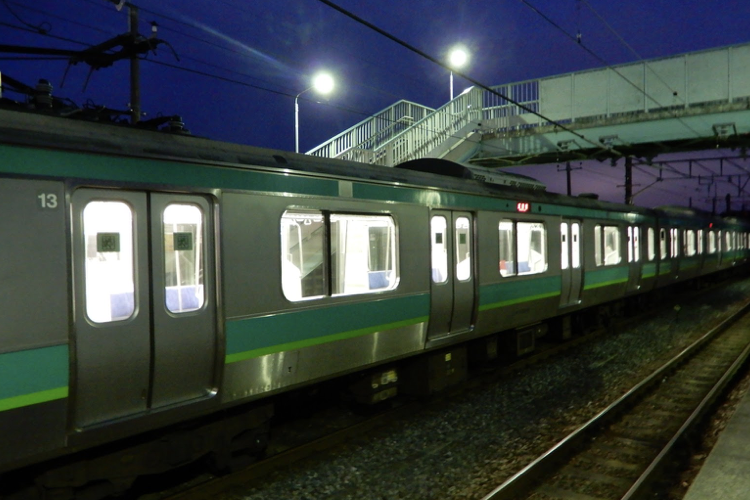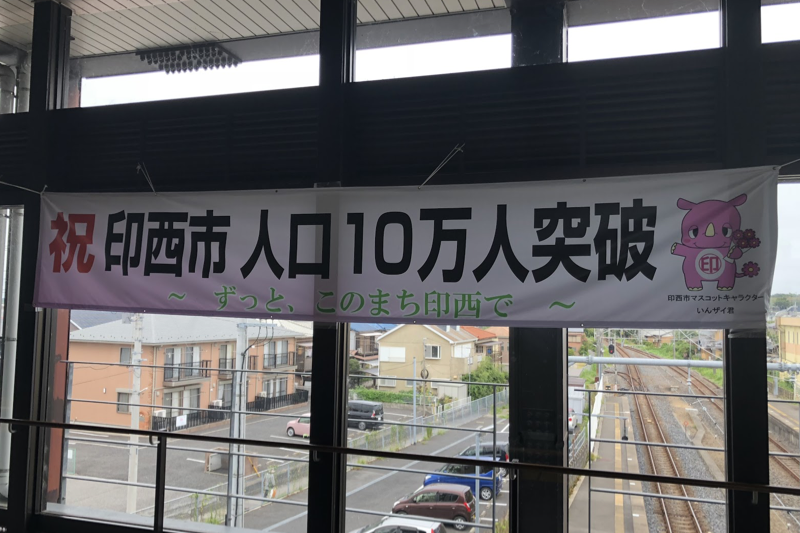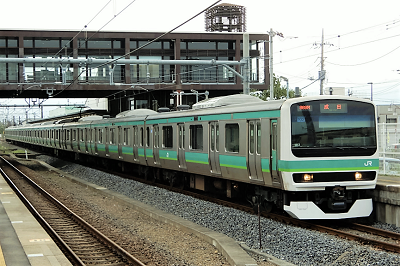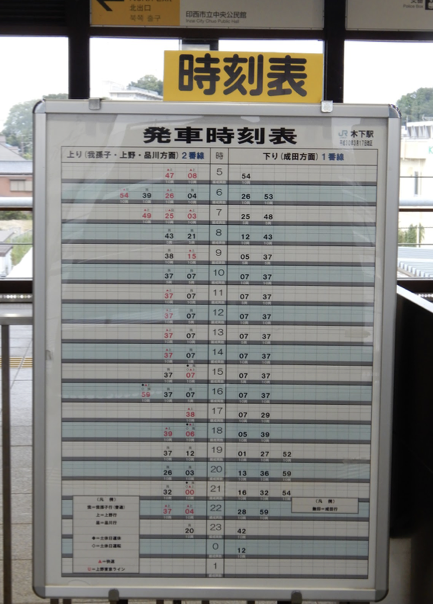Purpose of investigation
One of the reasons for the reduction in the number of trains in the regional local line, the reduction in the driving section, or the cause of the disposal of the line itself is that passenger demand for supply of transport power is not balanced. Cases where supply and demand are not balanced on railway lines are occurring everywhere in Japan and there are occasions occurring on the JR route in the metropolitan area that seems to have not happened at first glance. In fact, I actually got on the JR Narita Line which is one of the JR lines in the Tokyo metropolitan area where the "excessive Transportation supply" occurred as described above, and examined the current situation.
About JR Narita Line
The JR Narita line consists of three lines, the main line connecting the Sakura station and the Matsugishi station, the Abiko branch connecting the Abiko station to the Narita station, and the airport branch connecting the Narita station to the Narita airport station. This time I covered Abiko branch line which is one of them. The Narita Line Abiko branch line is a line of 32.9 km between Narita and Abiko, crossing Inzai from Narita station near Narita airport, crossing north of Chiba prefecture to Abiko station which is a connection station with Joban Line.
Riding report
I got on this line on Monday, August 20, 2018, and got off at each station and did the actual usage and visit along the railway area.
In the evening rush hour period, 10-car train formation was mainly operated. Despite commuting time, the passengers were sparse and the main impression was that the air transportation state was depending on the vehicle. As shown in the picture, the total ride rate on this day is estimated to be around 15 to 20%.

|

|
| Extreme empty seats stand out, a glimpse of excessive transport capacity. | |
JR Kinoshita station along the line is located in Inzai-shi. Inzai has been developed as a bed town in the metropolitan area, received high evaluation as a bed town.
Community buses around residential areas are running from the station front, and banners that celebrated the population increase were also seen.

|

|
| A banner showing the population exceeding 100,000 (JR Kinoshita station) | Community bus operated in various directions |
Consideration
The operation pattern of Abiko branch of Narita Line (hereinafter referred to as Narita Line) can be roughly divided into two patterns: "Inner Line Complete Train" and "Joban Line Direct Train".
Trains completed within the Narita Line are often operated in a 5-car organization. The other is a train heading for Ueno / Tokyo direction directly from Abiko station to Joban rapid line. In the Joban Line direct train, the 10-car train is allocated, most of them excluding a few are added at the Abiko station and five runs are carried out, and within the Joban Line rapid line it operates with a long organization of 15-car formation, so especially the morning rush We are also playing the role of boosting the transport capacity of the Joban Line during time periods when there are many customers.
Both ascending and descending are operated at intervals of approximately 30 minutes at two pace per hour, but the number of uphill trains is increased from 6 to 7 o'clock, the number of downward trains is increased from 3 to 4 per hour from 19 to 21 o'clock.
The problems of this operation pattern include the number of both numbers and the small number of them. As shown in the survey report, the 10-car train of Joban Line direct train clearly had excessive transport capacity.
On the other hand, it is inconvenient in terms of convenience that the number of travels, 2 hours per hour during the day and 3 to 4 in the morning and evening, is inconvenient. The grounds are that Inzai has developed as a city town bed town. The fact that only a small number of such operations are operated in the busy commuting school time zone in the morning and evening and in the daytime time zone where the demand such as shopping is high gives the impression that the user is inconvenient.
For example, the North Total Rail that also passes through Inzai and goes to the city center has 6 trains every hour in the morning and evening, 4 to 5 trains every hour during the day, and the convenience of the Narita Line is much worse than this . In this situation, even if Inzai City develops further development as a bed town, passengers will leak to other means of transportation called the northern railway, which will not lead to an increase in passengers, We can not expect improvements.
So, "short formation high frequencies", short train formation of 10-car train to 5-car train, for example, by increasing the number of customers by increasing the number of customers, the current transportation It is thought that excessive power will be improved.

|

|
| Narita Line (10 cars) | Narita Line timetable at Kinoshita sta. |
Impression
The problem of excessive transportation capacity in public transportation, especially railway lines is not only in local cities. It is an important issue that has occurred many times even in the metropolitan area like the Narita Line. I thought that this problem will not be solved forever unless we adjust the transportation capacity according to demand or improve the fundamental mode of operation.

